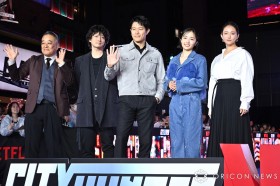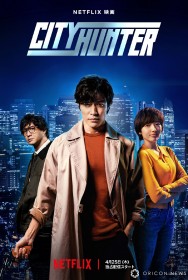Ryohei Suzuki's "City Hunter" Trivia: Firearms Training Abroad & Obtaining a License to Drive a Mini Cooper
The Netflix film "City Hunter," which began its exclusive worldwide streaming on Netflix on the 25th, is being highly acclaimed. Ryohei Suzuki's portrayal of Ryo Saeba is particularly captivating. Suzuki, who has been building his career as an actor, often expressed his desire to someday play Ryo Saeba, and his performance does not compromise the character's appeal or the original manga's intriguing aspects as he tackled the challenge of creating a "City Hunter" for the Reiwa era.
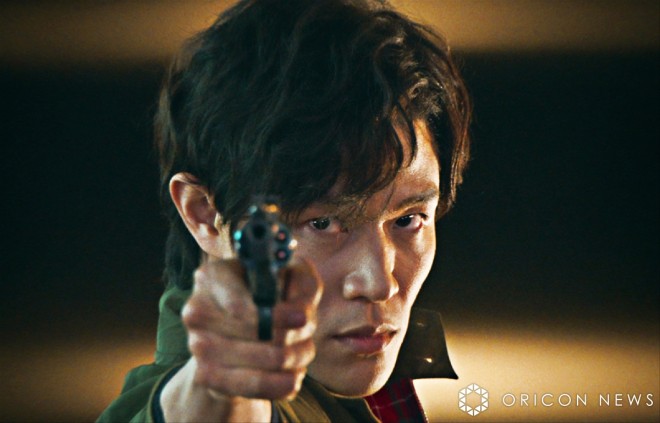
Ryohei Suzuki stars in "City Hunter," exclusively on Netflix (C) Tsukasa Hojo / Coamix 1985
"City Hunter," based on the manga by Tsukasa Hojo, began serialization in 1985 in "Weekly Shonen Jump" (published by Shueisha) and is set in Tokyo's Shinjuku. It follows the adventures of Ryo Saeba, a top-tier "sweeper" who deals with various troubles in the underworld. The Netflix film's setting is modern-day Shinjuku, and it weaves an original story about how Ryo Saeba (played by Ryohei Suzuki) and Kaori Makimura (played by Mochi Morita) meet and become unique partners.
Red Mini Cooper
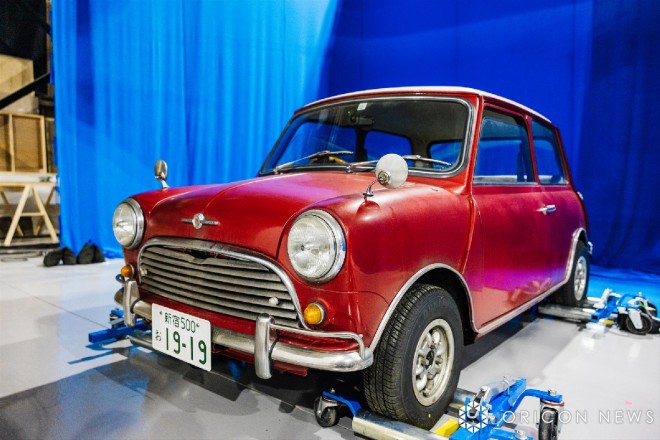
Ryo Saeba's iconic red Mini Cooper - "City Hunter" currently streaming exclusively on Netflix (C) Tsukasa Hojo / Coamix 1985
The red Mini Cooper, frequently featured in both the manga and anime series as Saeba's beloved car, appears in the Netflix film as well. While the original manga's license plate reads "Kabukicho 69 ah 19-19," in the film, it is changed to "Shinjuku 500 o 19-19." Suzuki shared that he first obtained a manual driving license as the script was finalized because his previous license was only for automatic cars, allowing him to drive the Mini Cooper.
The keychain for the car keys is also noteworthy. The dragonfly, familiar from the comical scenes in the original manga, is depicted, and similarly, a crow mark is found on a sign held by a woman on the streets of Kabukicho where Kaori and Ryo meet.
Gun Action
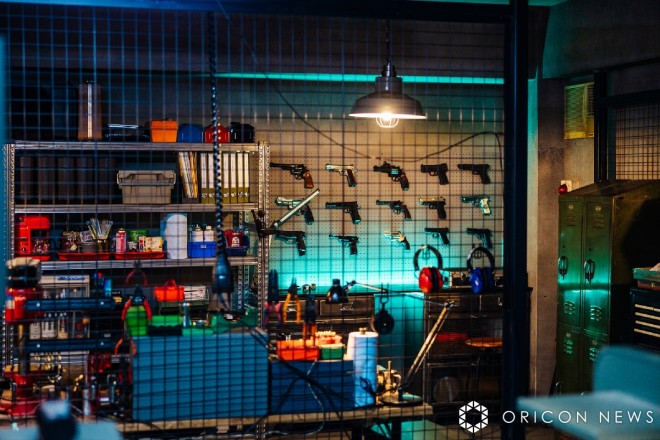
Gun collection warehouse
The film's director, Yuichi Sato, known for "Kisaragi" and "Strawberry Night," discussed extensively with Suzuki to ensure the film stayed true to the original while exploring the realism and excitement of a live-action movie. Action director Mineyama also worked to recreate the appealing duality of Saeba, who possesses astonishing physical and combat skills yet is slovenly in front of beautiful women, through signature "City Hunter" gunfights and melee combat. Suzuki spared no effort in preparing for the gun action, handling six types of firearms during filming and continuously practicing to manipulate them blindfolded. He also underwent several days of live firearm training abroad to understand the recoil, handling, and dangers of real guns, aiming for a realistic portrayal of gun use and recoil, especially considering that many international viewers have military experience.
Ryo Saeba's Room
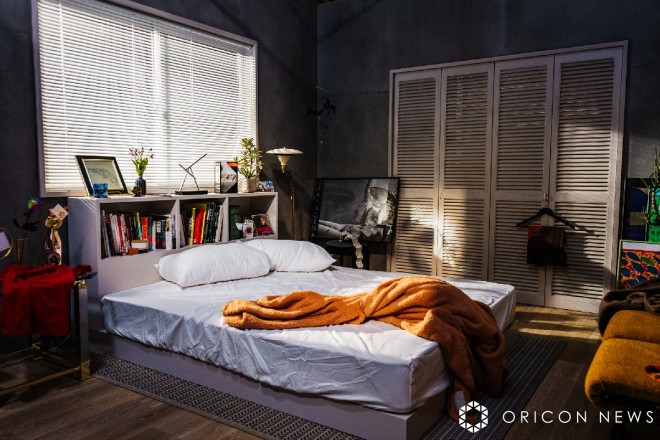
Ryo Saeba's room
The original manga's author, Tsukasa Hojo, visited the set and was impressed with the set of Ryo's room, stating, "It would be nice to live in such a room. It's a combination of the best of manga and anime, with maniacal details that only fans would recognize." The bedroom closely resembles the original, filled with items that show a deep love for the series, such as the "Cat's Eye" series, Ryo's Lucky Strike cigarettes, the album cover for Yasuyuki Okamura's "Super Girl -CITY HUNTER 2-," and the "mokkori one-shot" tickets. Additionally, "research" materials, i.e., handmade sexy video packages by the art staff, and a commemorative photo of the Makimura siblings, are placed in the office, matching the composition from the original manga. Beside the photo frame is a pledge written by Makimura, "To 17-year-old Kaori," from the Makimura family's five articles of faith. The business card for Saeba Commerce lists an address in a non-existent Kabukicho 3-chome.
